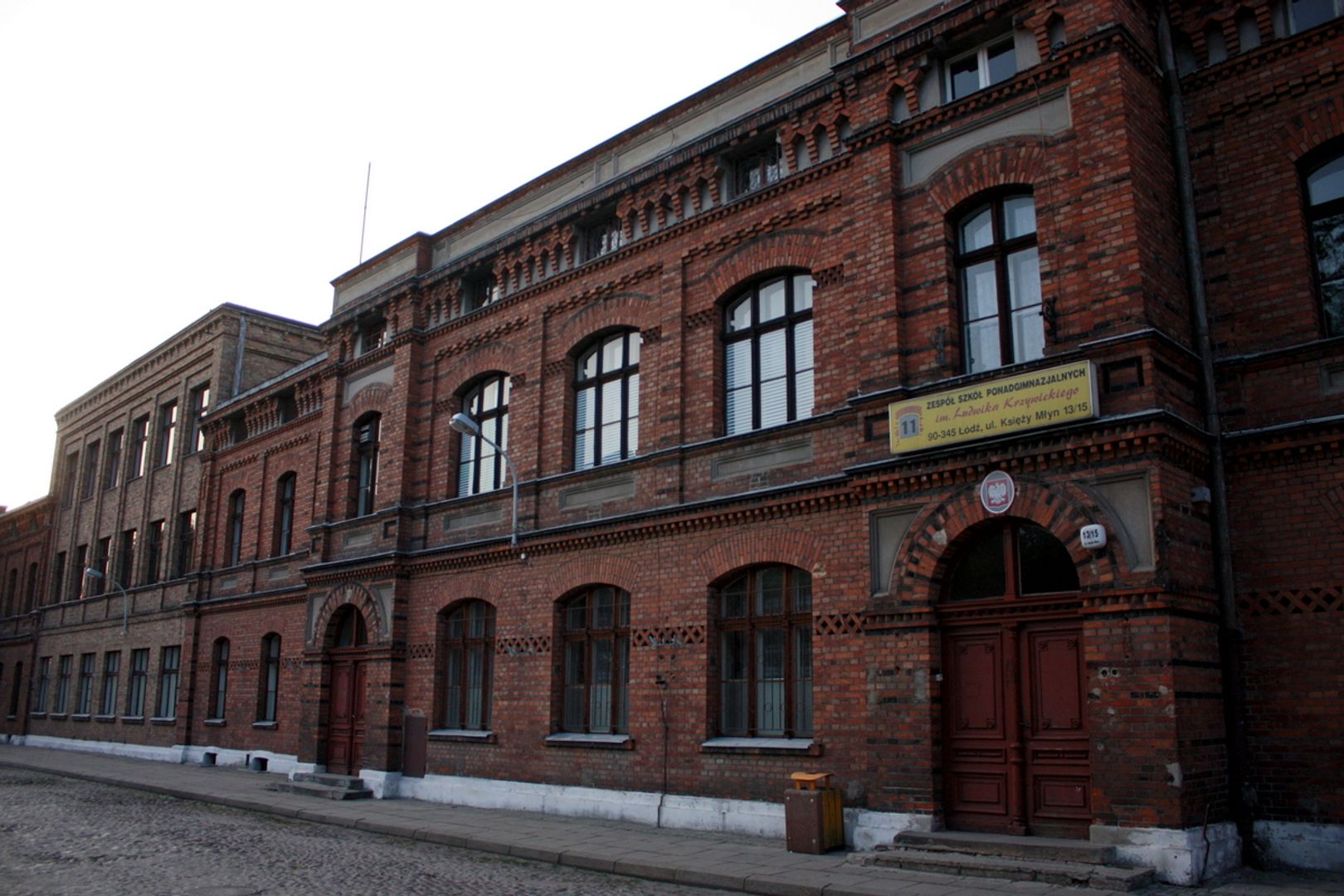Priest's Mill
7.86

Overview
Księży Młyn, also known as Pfaffendorf, is a complex of textile factories built in Łódź starting in 1824 on the site of a former mill settlement. Its origins are linked to the activities of Krystian Wendisch, who established a cotton spinning mill there. In the following years, the site was developed by Fryderyk Karol Moes and Teodor Krusche, but significant expansion occurred after 1870, when Karol Wilhelm Scheibler purchased Księży Młyn and developed it into a vast industrial complex. Scheibler introduced modern production technologies and built a workers' housing estate with single-story houses known as *famules*. Not only factories but also social facilities such as a hospital, school, and company store were integral parts of the complex. Księży Młyn stood out for its modernity and spatial organization and was the first such development in Łódź to combine factories, residences, and residential estates. Today, this remarkable "city within a city" is considered one of the most important industrial heritage sites in the world. The entire complex has been listed as a historic monument and has the potential to be inscribed on the UNESCO World Heritage List. In 1921, due to economic difficulties, Scheibler merged his factories with those of Ludwik Grohman, creating the largest textile enterprise in Poland. In 2015, Księży Młyn was designated a Historic Monument of Poland, and in 2016, the National Bank of Poland issued a coin featuring this landmark. The Księży Młyn complex is an extraordinary example of architecture combining industrial and residential functions and remains a vital part of Łódź's cultural heritage.
Location
Tickets
Powered by GetYourGuide
2025 Wizytor | All Rights Reserved